Stojana Ljubića 2
Stojana Ljubića 2
Founded in 1948, the museum preserves in its permanent exhibit the traces of history and secrets of the civilizations which have settled in our region from eight thousand years ago to the present day.
The following fall within the scope of the National Museum of Leskovac: the City hall – an example of a house built in the Balkan oriental style which presents the life of the people of Leskovac from the beginning of the 20th Century; the Textile museum in Strojkovac, a unique building which safeguards the secret of the beginning of the textile industry in Serbia; and the archaeological site of Justiniana Prima, the magnificent city from the mid-6th Century, the archbishopric and the legacy of the Early Byzantine emperor Justinian I, the last Roman emperor born on the territory of Serbia.
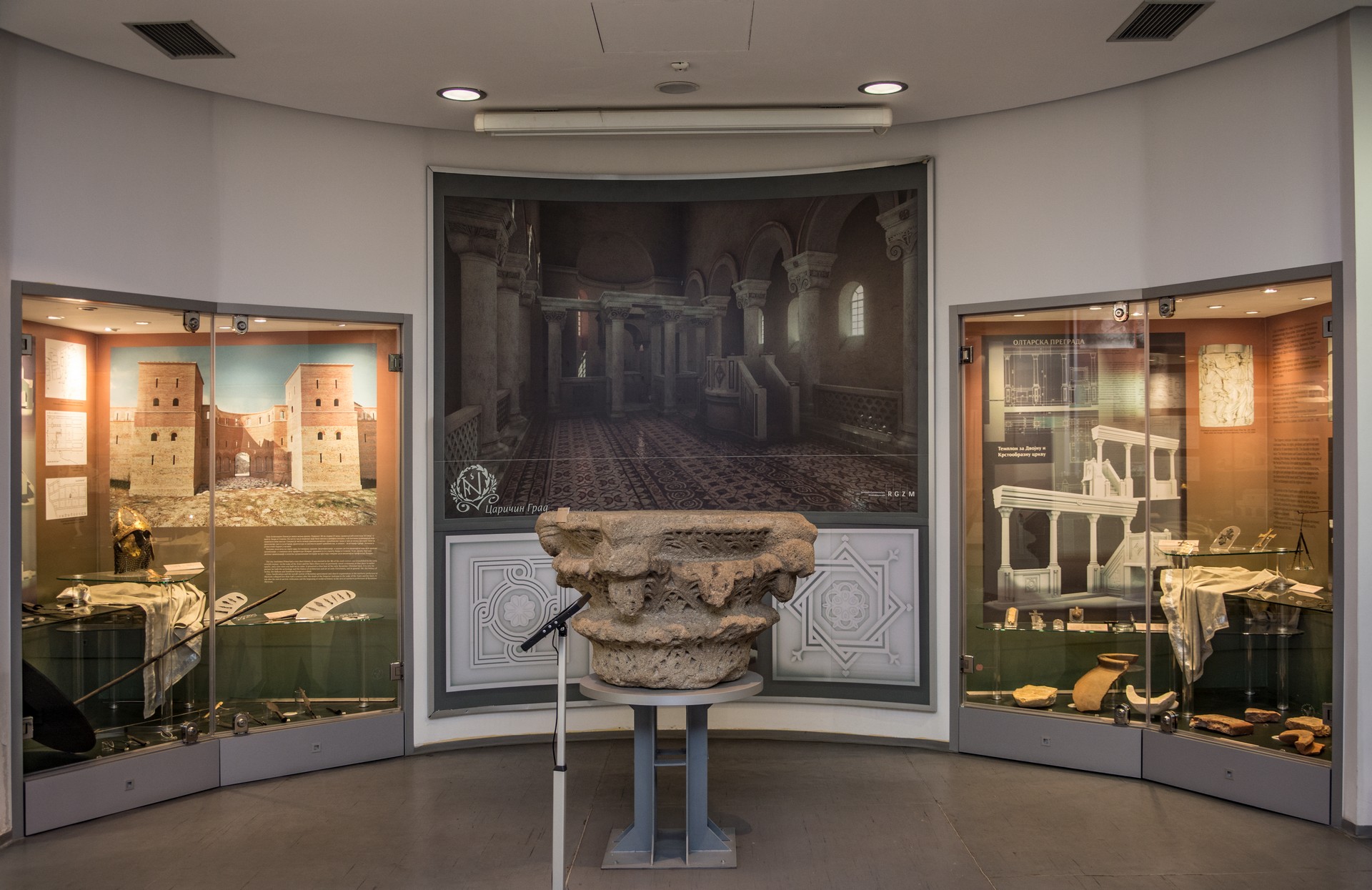
The National Museum of Leskovac was founded in 1948 in the house of Bora Dimitrijević Piksla, today the city hall. During the sixties and at the beginning of the seventies, a modern museum building was constructed in the very center of Leskovac to which the objects were transferred from the...
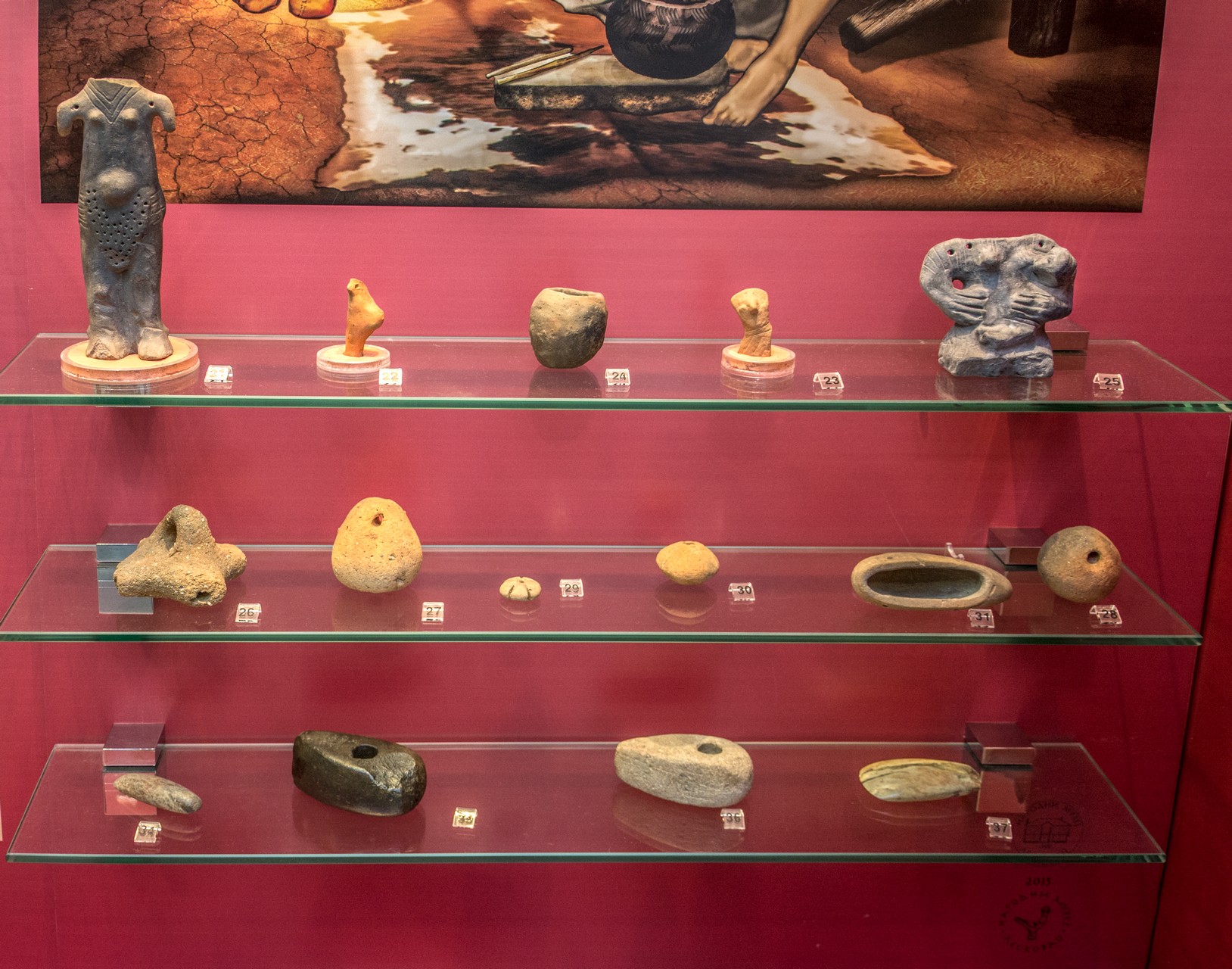
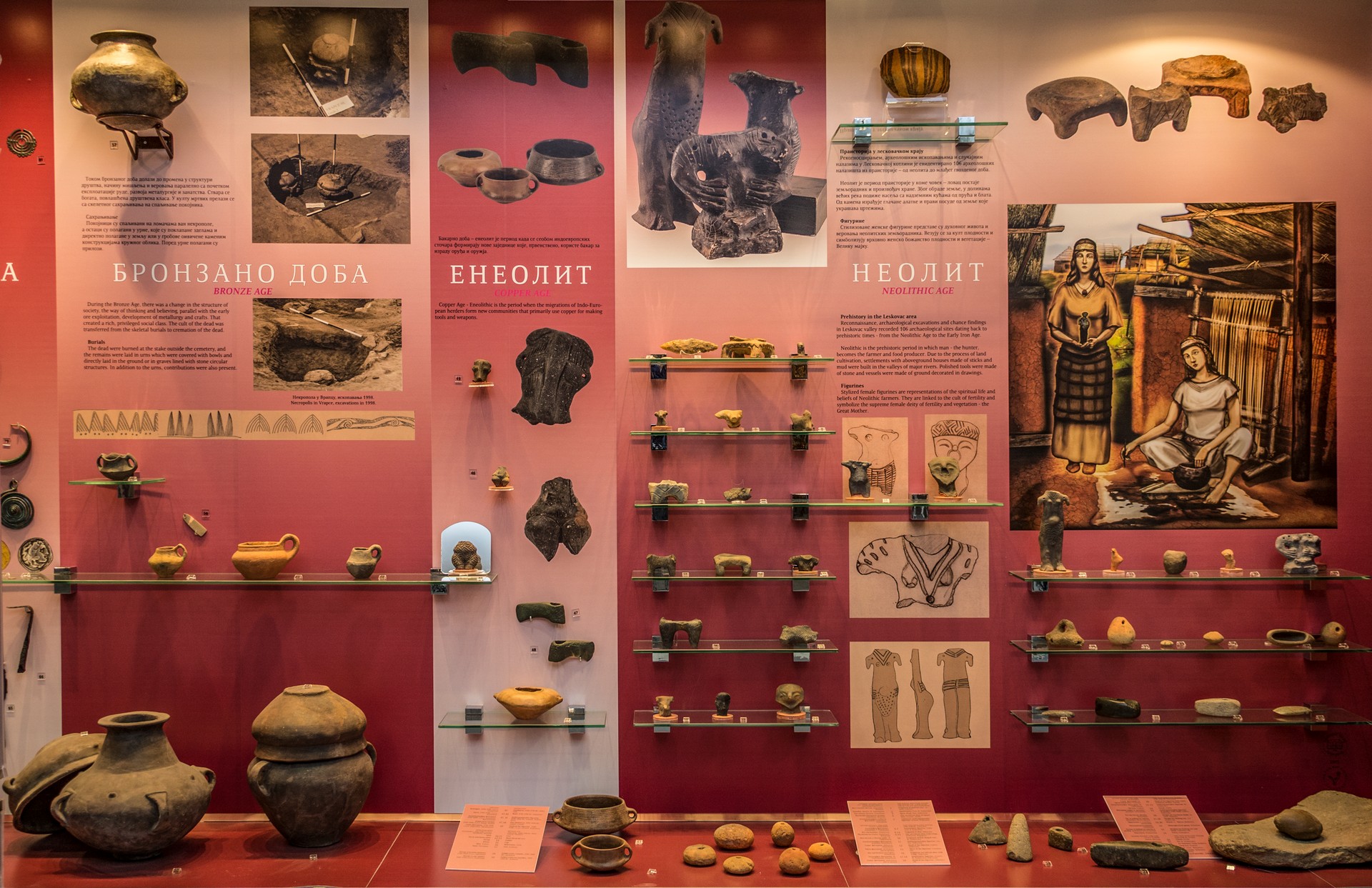
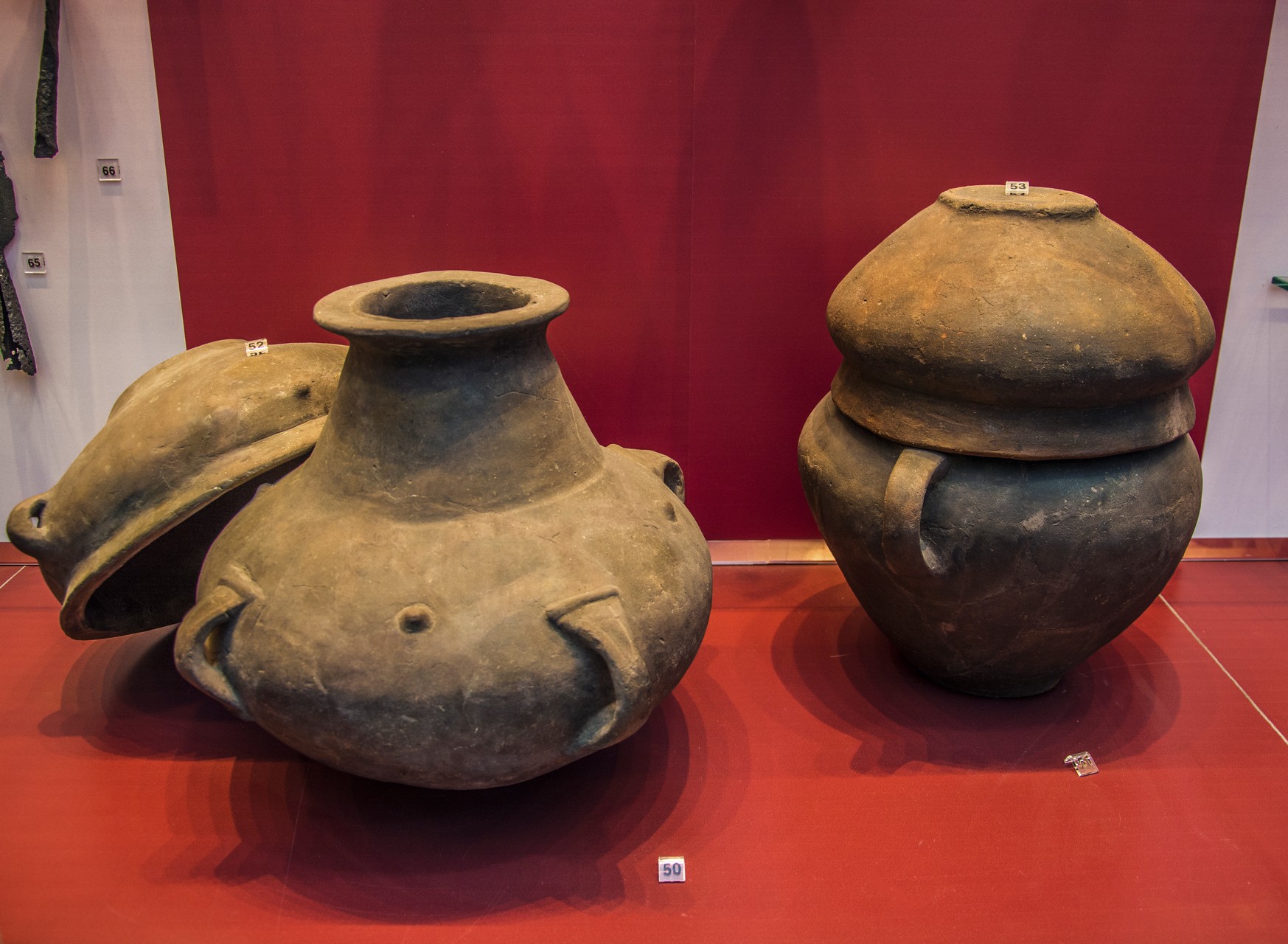
106 archaeological findings from prehistoric period are registered on the territory of Leskovac. The first settlement in the Leskovac region dates from the period of the Neolithic or New Stone Age, 6500 BC and belonged to the Starčevo and Vinča cultures. The Metal Age in the Leskovac valley is demarcated...
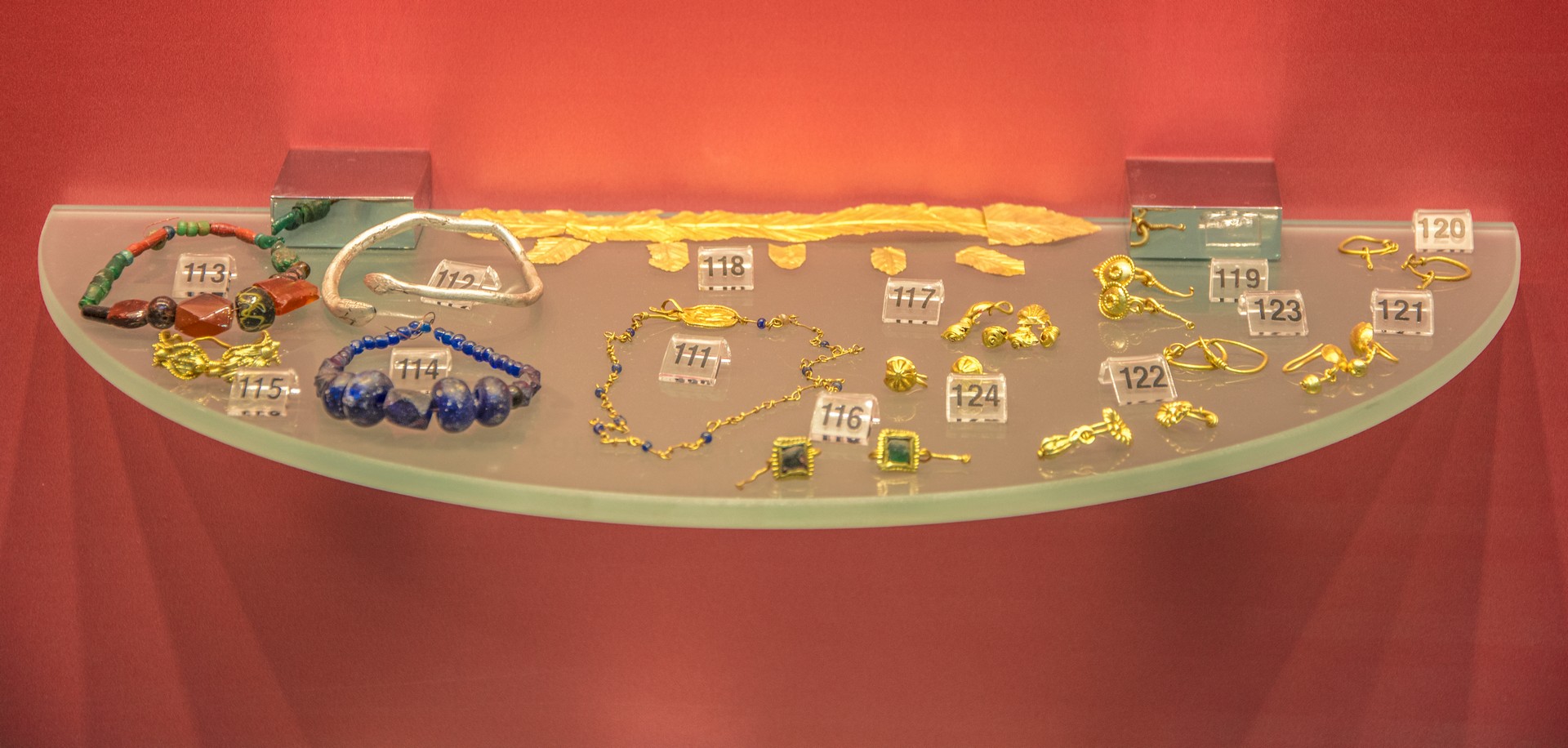
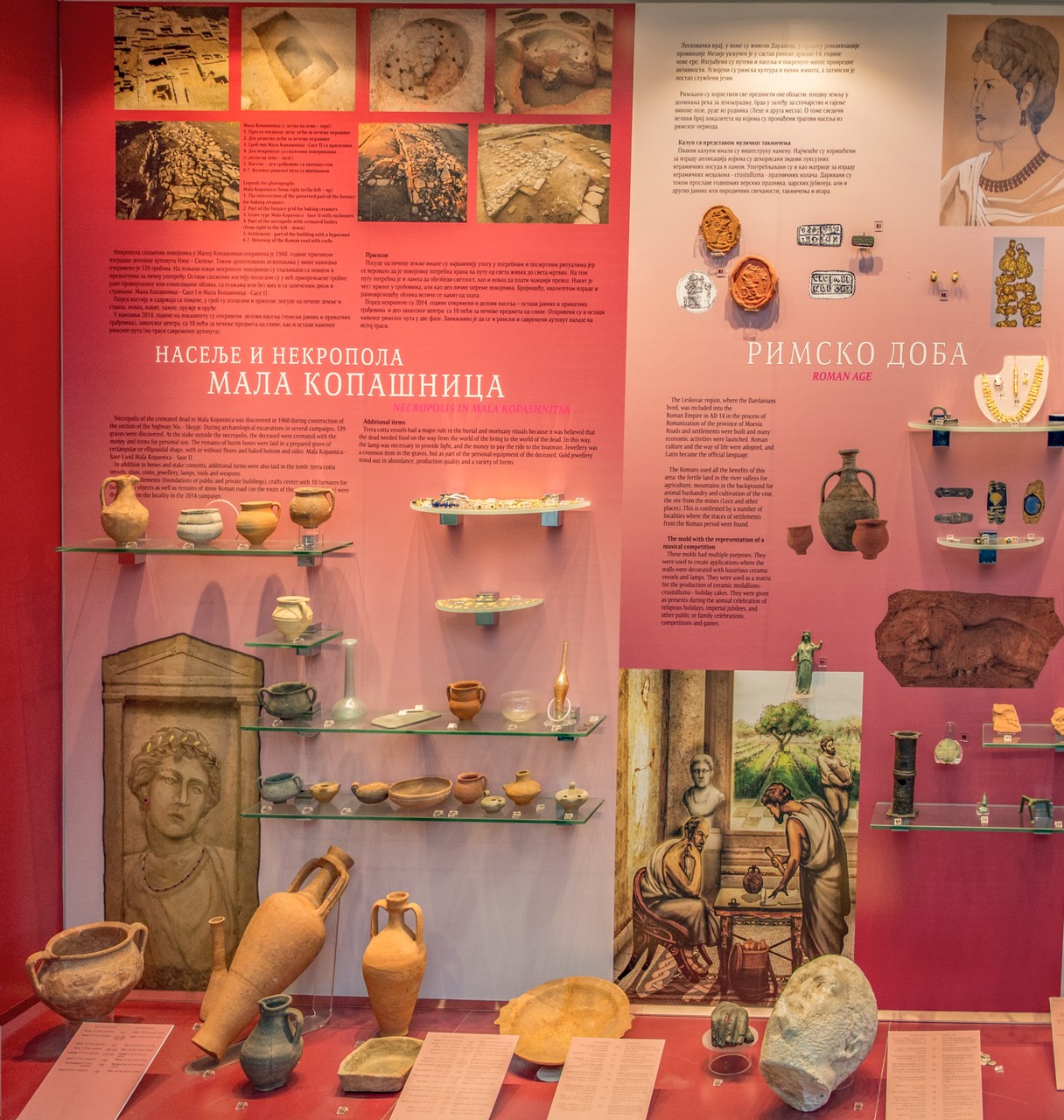
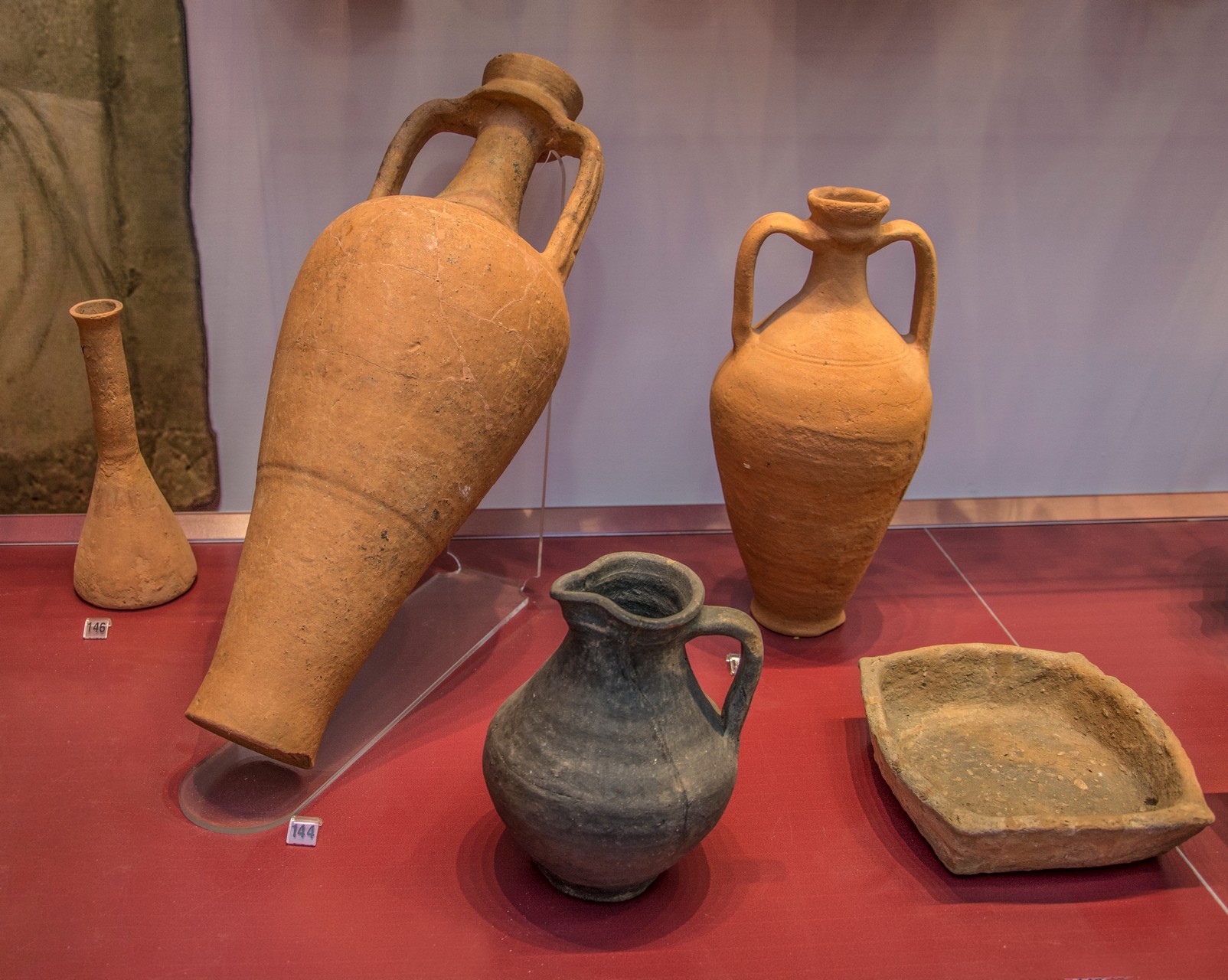
At the very beginning of the 1th century the area occupied by the Leskovac valley was annexed to the Roman empire. With the arrival of the Romans began a period of the Romanization of the local population who accept this way of life. In the Roman period, stretches of the...
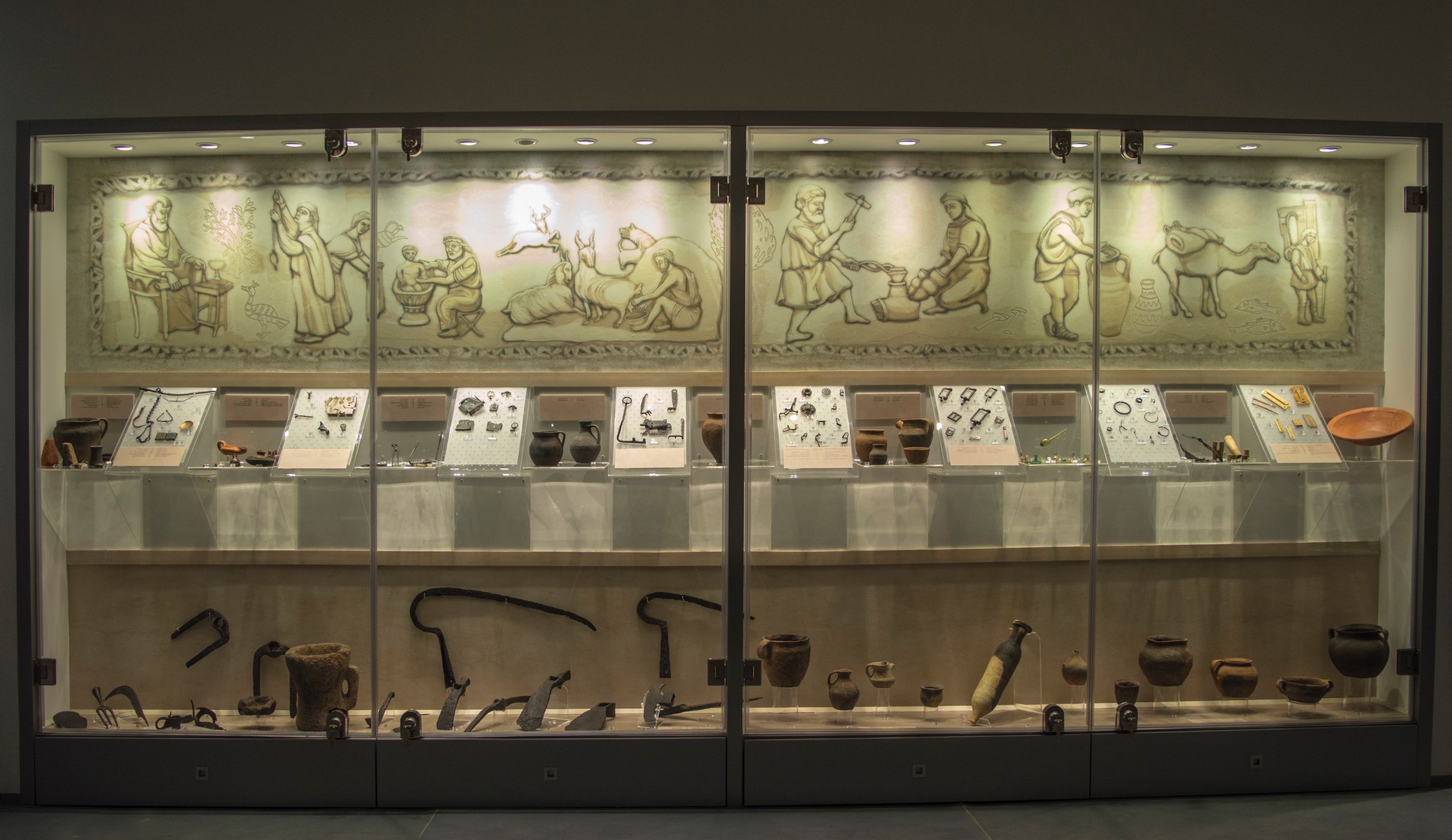
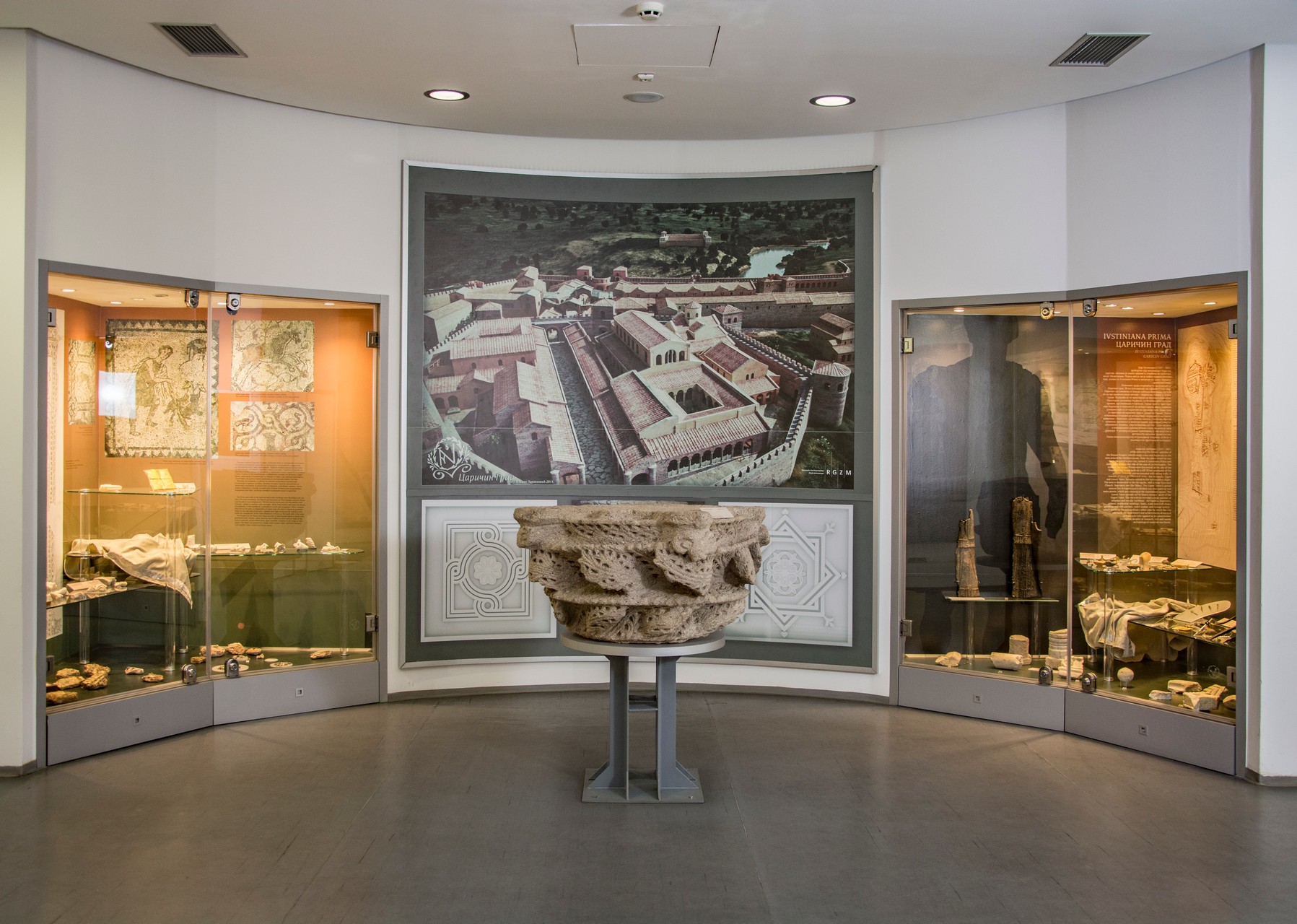
Justiniana Prima was built in 535 by the emperor Justinian. Many churches, public buildings, as well as the remains of water and sewage systems were excavated on this site. It is believed that the rest of this city accords with the historical settlement of Justiniana Prima, the legacy and birthplace...
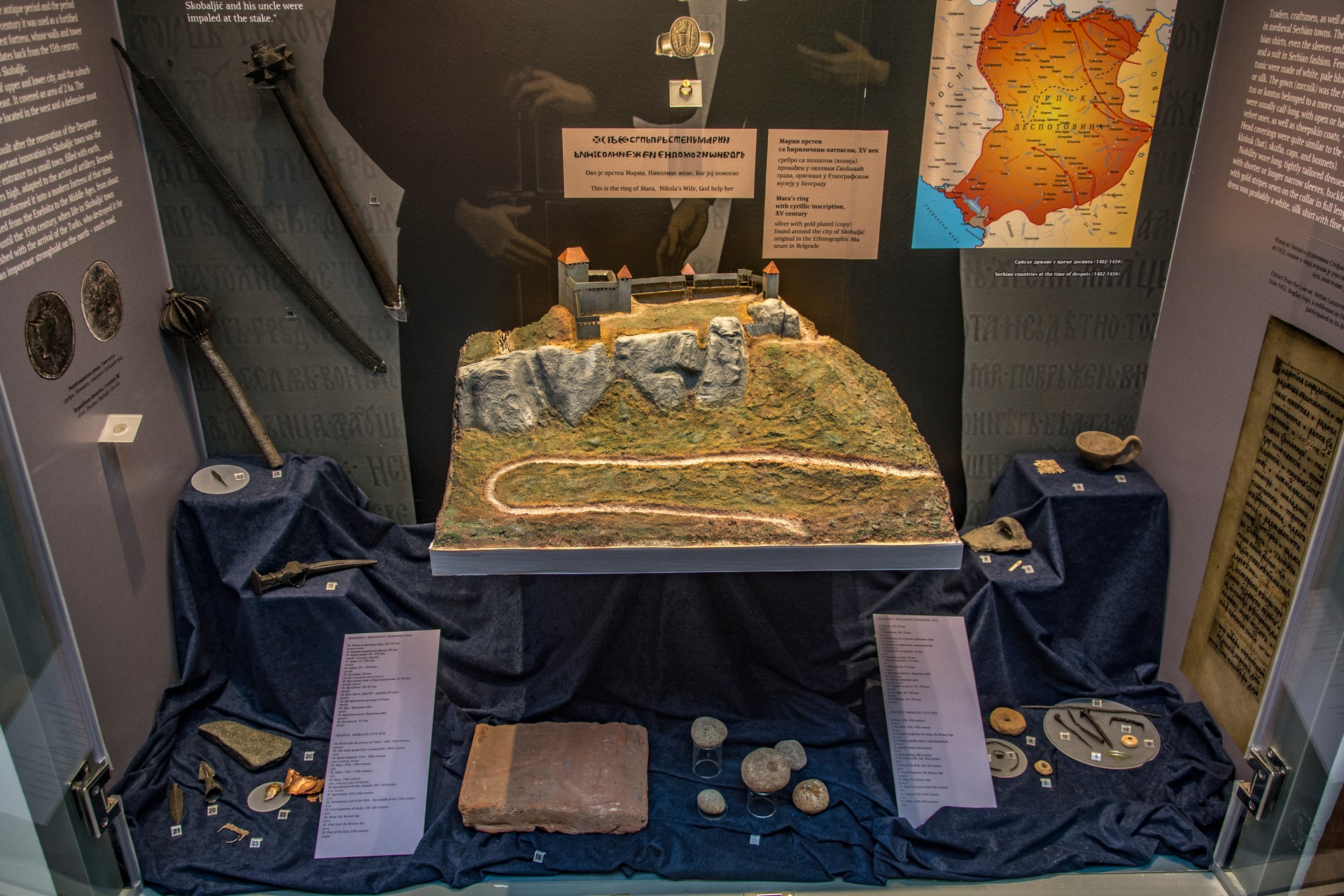

The history of the Middle Ages of the Leskovac region can be traced from the middle of the 12th Century, when the Roman emperor Manuel I Komnenos gifted the Dubočica region to Stefan Nemanja. The first mention of Leskovac is from the period of the reign of Stefan Dušan who...
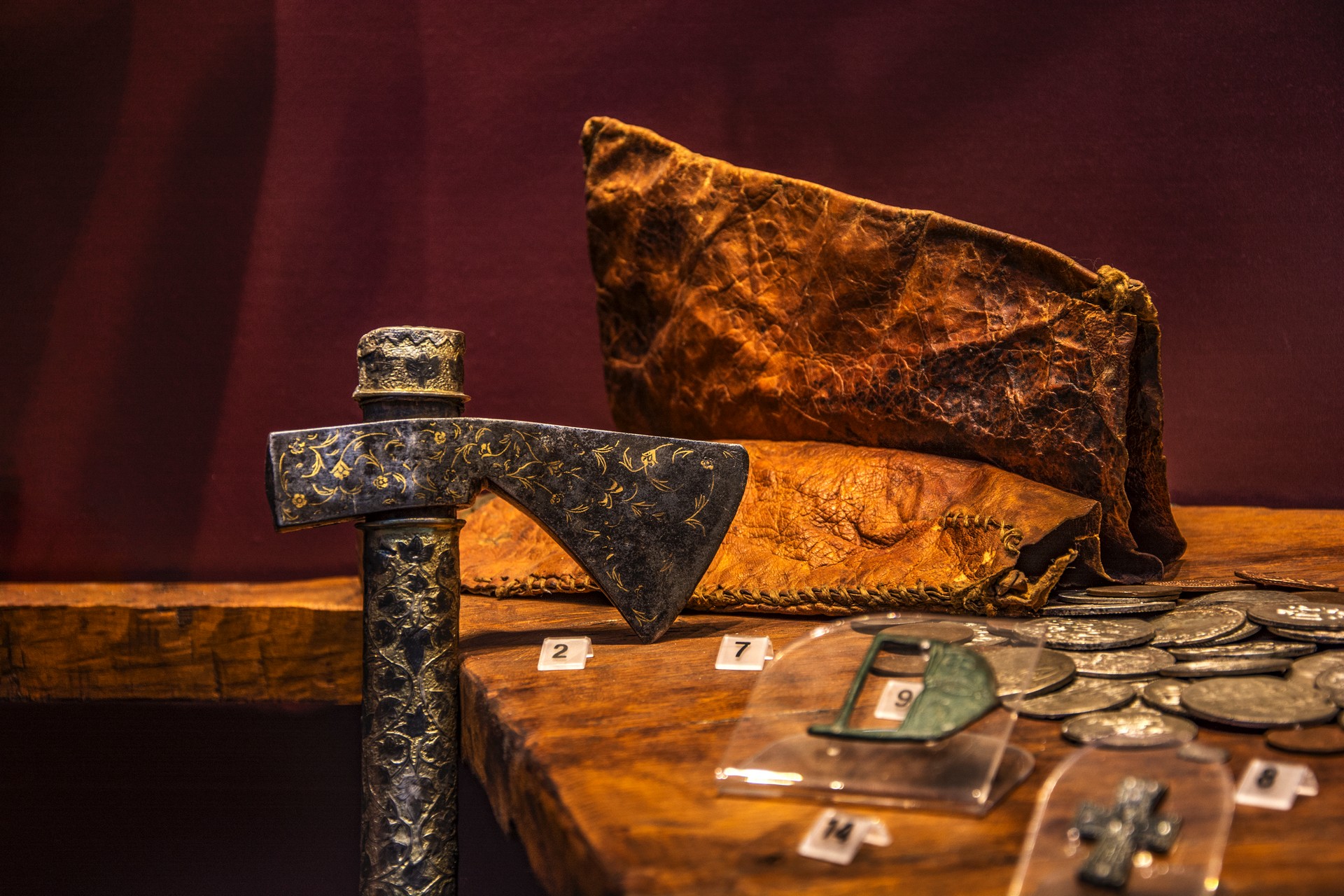


At the end of 1454, after the defeat of Nikola Skobaljić, the Turks conquered Dubočica. A great market was held in Leskovac during the period of the Ottoman rule, known as the Leskovac village market. In the Austro-Hungarian wars from 1689–1690, Leskovac was burnt to the ground and lost its...

The archaeological site of Hisar is found on the hill of the same name on the left bank of the Veternica river. Owing to its favourable position and the gentle slopes in the middle of the fertile valley, Hisar has been settled on from neolithic times onwards, as attested to...